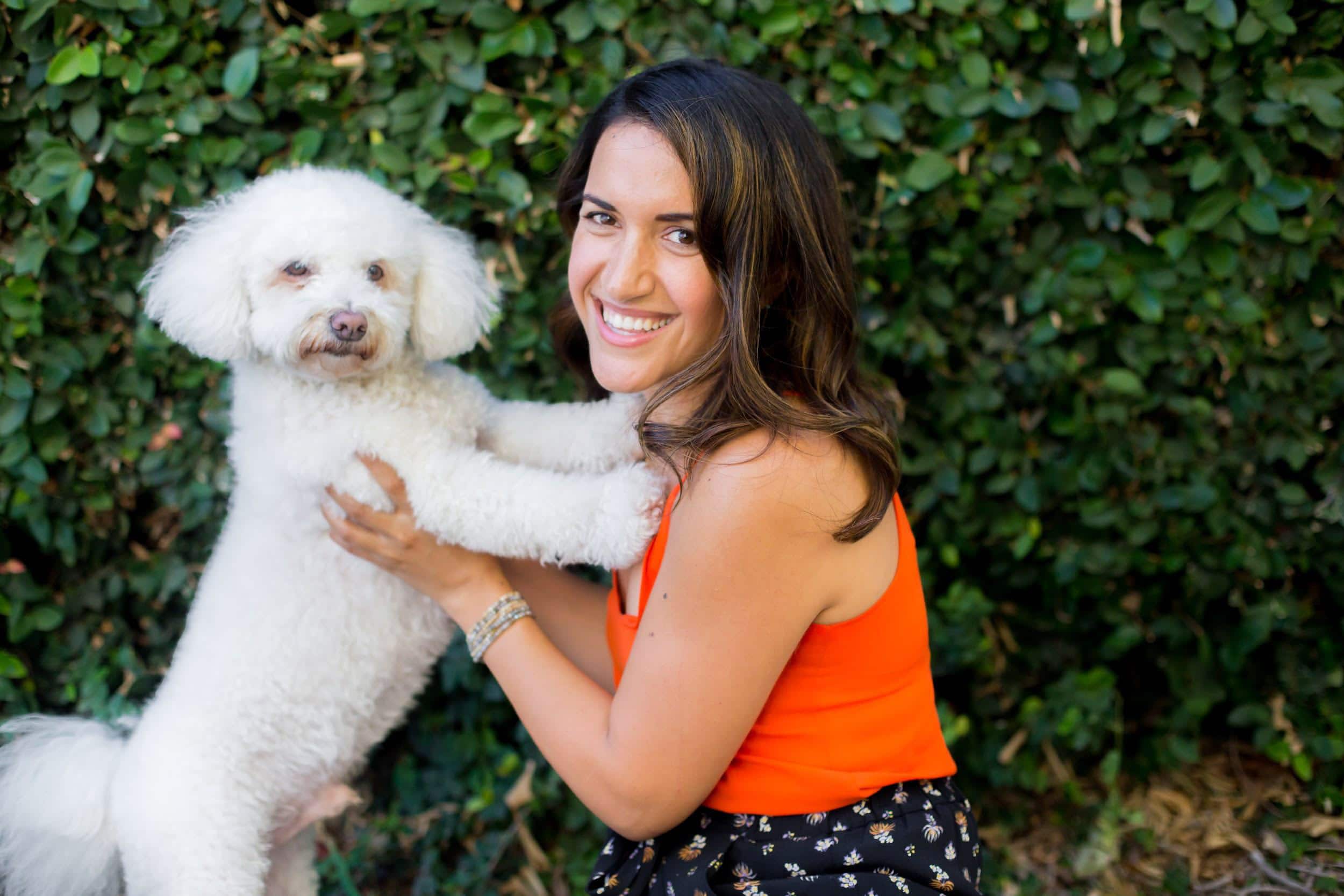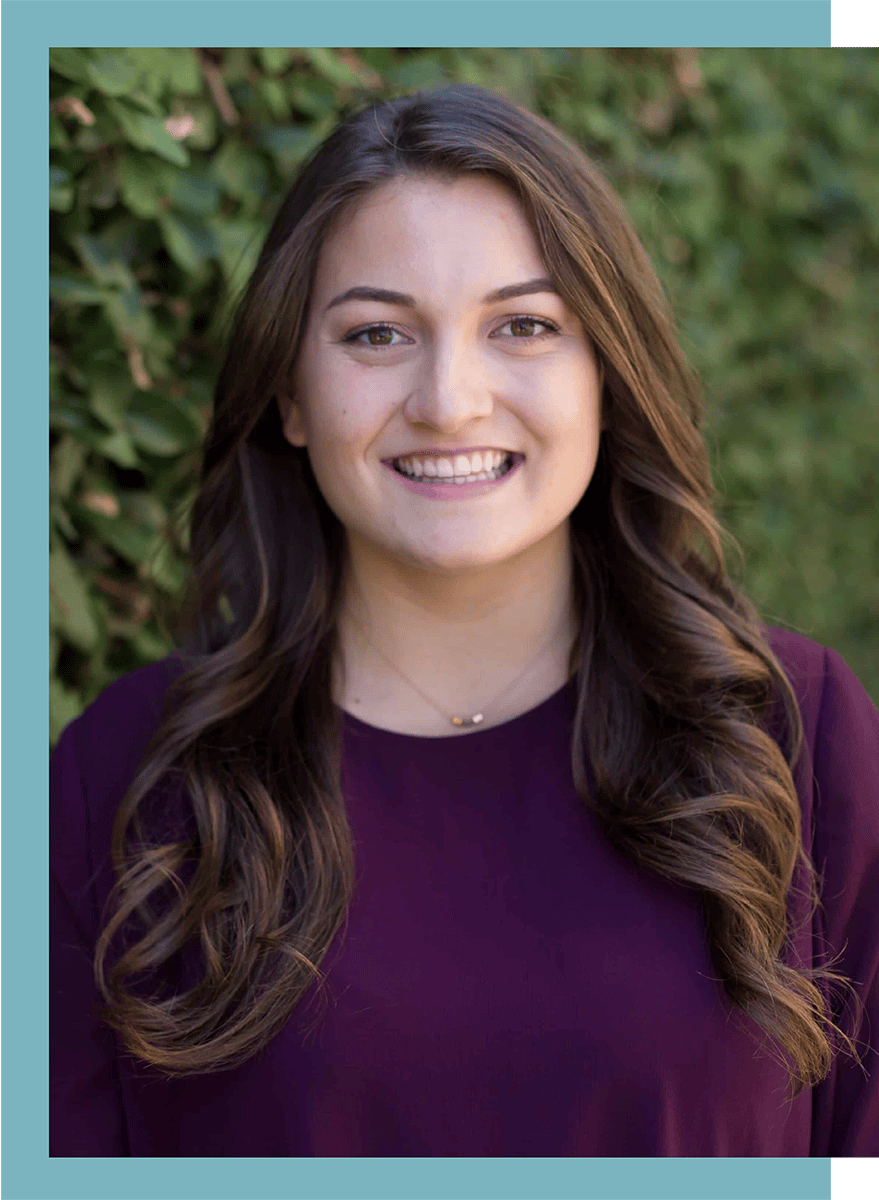Understanding language processing in children is a complex and multi-faceted experience that starts developing in early childhood. It involves not just the understanding of words and grammar but also the perception of sound, vision, and social cues. One aspect of language processing that is gaining attention among researchers, educators, and therapists is Gestalt Language Processing (GLP), also referred to as the Natural Language Acquisition (NLA) framework. GLP refers to how children perceive and organize language based on patterns and relationships, rather than isolated words or phrases. Gestalt language processing has emerged as a crucial component of language development in autistic children, yet it remains lesser-known among the general public.
This blog post aims to familiarize parents and educators of autistic children with the intricacies of gestalt language processing. We will explore the definition of gestalt language processing, the unique opportunities it presents, effective strategies that can be employed to support children, and inspiring case studies that highlight the potential for growth and development as we support and empower our gestalt language processors!
What is Gestalt Language Processing?
Gestalt theory or Gestalt psychology, first introduced in the early 20th century, refers to the concept of holistic perception, which means that our mind tends to perceive objects or patterns as a whole, rather than as a collection of individual parts. In language processing, Gestalt theory suggests that children perceive the meaning of a sentence or a phrase based on its structure, coherence, and context, rather than just the sum of its words. For instance, if a child hears the sentence “The cat chased the mouse,” they may understand the meaning of the whole sentence, rather than just the individual words. Gestalt language processing is, therefore, a natural way of understanding language, as it matches the way our brain processes information.
Gestalt Language Processing in Autism
Most autistic children are likely gestalt language processors, however, both neurotypical and neurodivergent children can develop language in this way. There are six stages of gestalt language development, and although some may require support across all stages, some children may not. Just like analytic language processors, gestalt language processors can also be delayed in their language development.
Researchers have found that gestalt language processing is crucial for multiple aspects of early language development in autistic children. Firstly, it helps children to infer the meaning of new words based on the context they are used in. For example, if a child hears the sentence “She brushed her teeth with a brush,” they may guess that a “brush” could mean a toothbrush, rather than a hairbrush because it makes more sense in the context. Secondly, gestalt language processing helps children to identify the subject and object of a sentence correctly and understand how they relate to each other. This skill is especially important for comprehension and expression of complex sentences. Finally, Gestalt language processing supports children’s ability to form mental models of events or stories, which enhances a child’s narrative skills and creativity.
Research suggests that gestalt and configural processing may be areas of strength for some autistic children, providing a unique window into their cognitive and learning potential, if harnessed effectively. Understanding and addressing gestalt language processing is therefore key to empowering autistic children.
Ways to Identify a Gestalt Language Processor
Long scripts:
Repeating long scripts that they may have heard from TV shows, videos, movies, books, songs, communicative partners, etc… after a delay. It’s a chunk of language that is said in the same way each time. These can be said in or out of context.
Example: “If you give a mouse a cookie!” Child may say this every time they want a snack or they are hungry. This comes from their favorite book, “If You Give a Mouse a Cookie”.
RICH INTONATION:
Gestalt language processors have been called “intonation babies”. Often, GLP’s are attracted to high intonation and emotion of utterances. Sometimes, when a child uses rich intonation, it may be difficult to understand what they are trying to say, but that is where our detective work comes in! Often, the intonation gives a clue into the source of their utterance. For example, it might sound like a line from their favorite song, book or movie.
Example: “Clean up, clean up, everybody, everywhere.” Child says this with the same intonation pattern and emotion that their teacher/parent uses every time a transition is coming. The child is often using this gestalt to communicate that they want to do something different.
UNINTELLIGIBLE & LONG STRINGS OF LANGUAGE:
This is frequently mislabeled as “jargon” because you are unable to understand what the child is saying. However, if we tap into that inner detective, you can hear that these long strings of unintelligible language are gestalts coming from a source (ex: TV shows, movies, videos, song, books, etc.). These longer utterances are often unintelligible because the child has a harder time hearing the word as a unit, so it sounds like it is all blended together into one string, to someone who is unfamiliar to their gestalts and gestalt language processing.
Example: “…busgoroundnround.” The child is saying “…Bus go round and round” (from their favorite song, “Wheels on the Bus”), although it may be difficult to understand this string of language.
SINGLE WORDS:
Child is able to label or name items and may respond with single words to prompts and/or questions, but these single words are “stuck.” These children are often the most difficult to recognize as gestalt language processors. When the child is stuck using single words gestalts, they have difficulty combining single words with other words in order to expand their utterance length.
Example: “ball” Child says this every time they see a ball or any round object (ex: an orange is also called “ball”). This single word now has a much larger meaning and now is used to label every round object. It is difficult for the child to build upon this single word (ex: “white ball”, “big ball”, etc.)
What are the stages of gestalt language development?
If you are curious to learn more about the six stages of gestalt language development, please click the button below.
Strategies and Interventions
There are several ways parents, educators, and therapists can support gestalt language processing in young children. Firstly, it is essential to expose children to rich linguistic input that contains diverse sentence structures, vocabulary, and contextual cues. Reading books, telling stories, and using multisensory teaching methods are effective ways to achieve this. Secondly, providing opportunities for children to engage in interactive and cooperative language-rich activities such as child-led play, role-play, dialogues, and games can enhance their social language skills and gestalt perception. Thirdly, giving feedback and modeling language that highlights relationships and patterns, such as using conjunctions, prepositions, and connectors, can strengthen children’s gestalt language processing.
Supporting gestalt language processing in autistic children requires a multi-faceted approach, involving parents, educators, and speech therapists. Here are some strategies and interventions that have shown promise:
Speech & Language Therapy and Language Interventions
Speech & language therapy can be particularly effective in targeting gestalt language processing difficulties. Making sure your speech language pathologist (SLP) is trained in Gestalt language processing is very important when supporting your child.
Parent and Professional Tips
- Child-Led & Directed: Allow the child to lead. Go with the flow of their direction and engage in the things they are interested in. Play with what the child wants to play with and model language naturally during play.
- Real-life Contexts: Model language skills in the context of everyday activities that the child enjoys and can relate to.
- Model Appropriate Language Use: Model and teach language in various social contexts. Make sure this feels natural. If it doesn’t, hold off and try again another time. Modeling language during play should always feel natural.
-
Don’t Eliminate Gestalts. The child’s gestalts (scripts) are a way of communication. Gestalt language processing is natural language development, which makes the child’s gestalts meaningful. Acknowledging the child’s gestalts empowers them that their communication is meaningful and valid. Building rapport and trust as communicative partners is so important when supporting children’s development.
-
Acknowledge Scripts & Validate them as Communication. Whether you know the meaning yet or not, you can and should always be validating the child. You can repeat the script back, smile, nod your head, etc.. to let the child know their communication was heard and is valid.
-
Become a Detective: Do the work and try to figure out what the child’s gestalt (script) means. Even if you think you know what it means, model what you think your child is trying to say. Keep trying until you get it right, and trust me you will, because you will get that “a-ha” magical moment from your child, where they will show you that you got it! Most gestalts aren’t going to be literal, so ask your questions to dig deeper into the meaning of what the child really means. Some important questions to consider: What sources is the child exposed to frequently? Which source is this gestalt coming from? Is the script used at certain times of day or around certain situations? What is my child’s body language like? (there are so many more questions that arise when we dig deeper)
-
Do NOT Ask Questions: Asking questions frequently can become frustrating for the child, and for you too! Most GLP’s begin answering questions when they begin self-generating language, which is around stages 3 and on. So instead, try commenting, narrating and pausing. When we do this, we are giving our child a mitigable model that they can use in the future!
-
Create a Supportive & Knowledge Team: If you are a parent, find a team who understands, acknowledges and accepts your child’s language development in order to better support you and your child. SLPs will be able to identify if your child is a gestalt language processor, as well as help identify the stages they may be in and ways to support your child through the stages as they move to self-generated language.
Case Studies and Success Stories
Real-life examples and success stories can provide hope and inspiration for families and educators of children with autism. By sharing these narratives, we aim to showcase the impact that understanding and addressing gestalt language processing can have on a child’s overall development.
Below is a story about one of our shining stars that has blossomed using their unique strengths and their learning style to empower their voice:
“Since starting with Valued Voices, I have seen truly remarkable growth in her ability to communicate meaningfully. When we first started, she mostly communicated in memorized phrases from her favorite movies, tv shows, and books. She could not answer simple questions. Now, she communicates wants and needs clearly, answers questions, and is starting to hold conversations. Identifying her as a gestalt language processor has also helped me to better understand the way her brain works and as a result, enables me to communicate with her more effectively. Working with your team has truly been life changing for my daughter and our little family. You all understand her and have helped me to understand her as well.”
The Transformative Power of Consistent Support
By understanding how children perceive and organize language based on patterns and relationships, parents, educators, and therapists can enhance their language skills, social communication, and overall learning. Consistent and structured support at home and at school can make an extraordinary difference.
At Valued Voices, we believe the biggest success comes when we focus on a child’s strength and work as a team to empower their voice and their independence. We not only provide services, one-on-one in our center, but we provide group classes, sessions in the community and sessions in your kiddo’s school to support you and your family in all environments. We also understand that as parents, you are your child’s greatest teacher and need attention, so we offer support groups for parents and parent coaching classes.
By providing diverse and engaging linguistic input, interactive opportunities, and feedback that emphasizes context and acknowledges unique strengths, children can develop their language in a natural and meaningful way.
Bringing it all Together
Gestalt language processing is a fascinating and important aspect of early language development that deserves more attention and support. By delving into the realm of gestalt language processing in autistic children, and appreciating the beauty and complexity of language, we have uncovered a critical aspect of their language development that warrants attention and understanding. As parents and educators, it is essential to recognize and appreciate the strengths and challenges that gestalt language processing presents. Embracing these differences and guiding our little ones, can unlock a child’s deepest potential and empower them to raise their voice.
We hope this blog post has shed light on the topic of gestalt language processing as a natural way of developing language in children, and provided valuable insights for those supporting these exceptional humans. Encouraging an open dialogue and the exchange of experiences within this community can further advance our collective knowledge and approach to language processing, especially in autistic children. The journey of language development is as unique as the children themselves, and by fostering an environment of understanding, patience, and tailored support, we set the stage for growth and success.

SHOLEH SHAHINFAR
M.A. CCC-SLP, RYT
Sholeh Shahinfar is the Founder of Valued Voices, a licensed Speech Language Pathologist, Child Communication Specialist and Certified Oral Motor Therapist. She is passionate about uplifting children’s voices in the world and inspiring self-expression. In her free time, Sholeh embraces a vegan lifestyle, loves going to the ocean, exploring nature with her pup Kobe, practicing yoga, traveling, and spending time with her loved ones.


